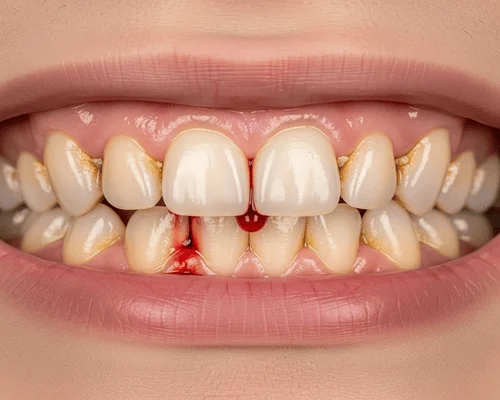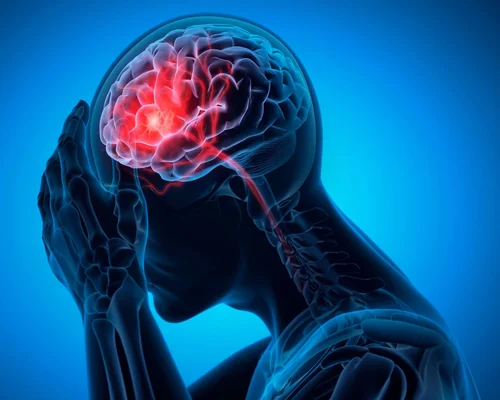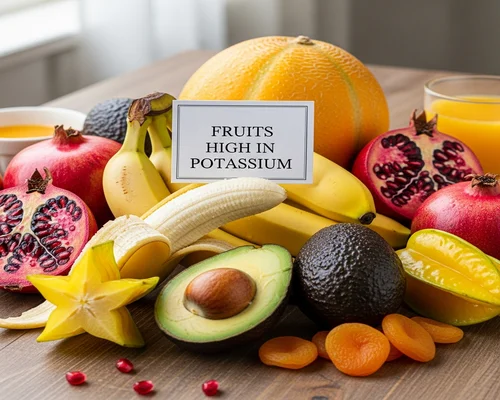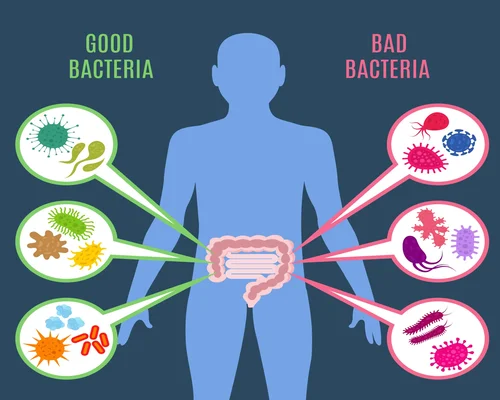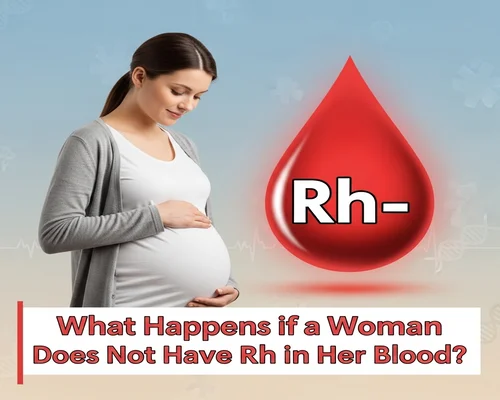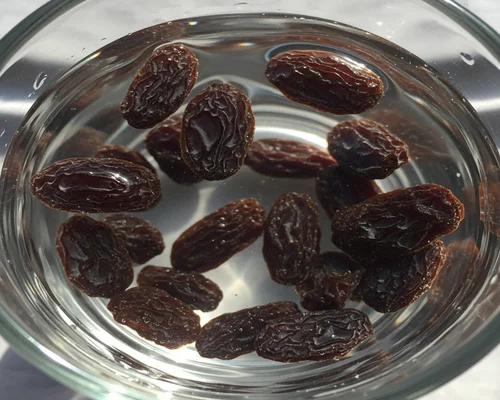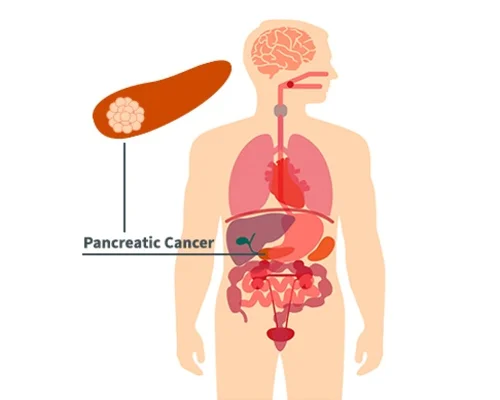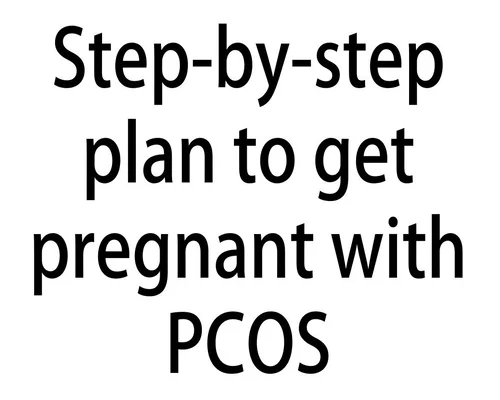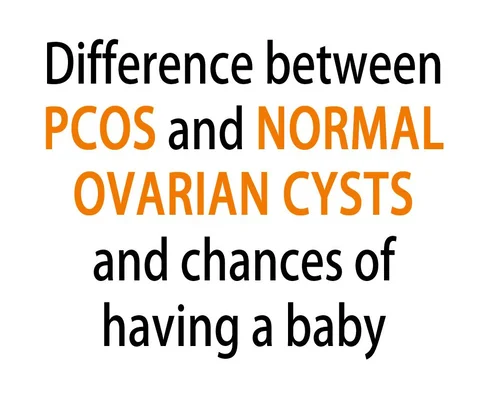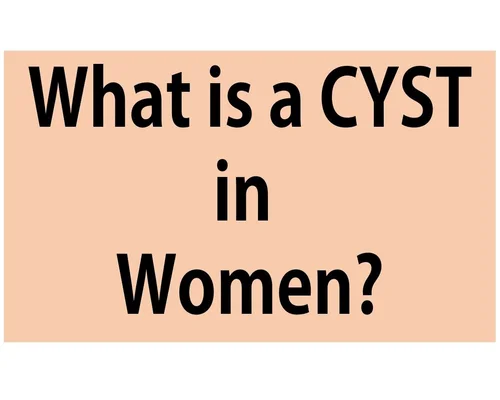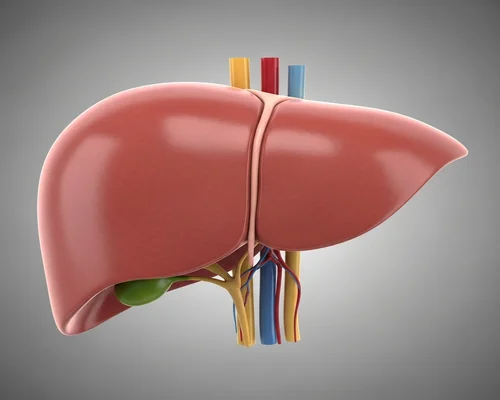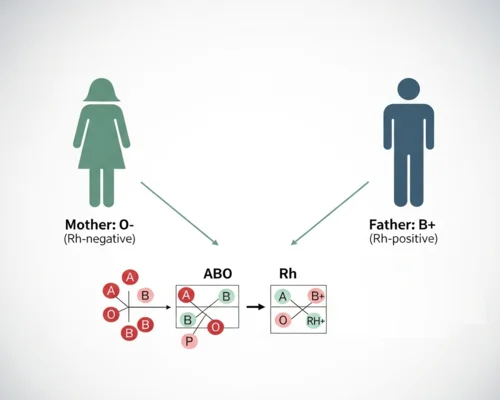
What are the possible blood groups and Rh of the baby, and is there a risk?
What are the possible blood groups and Rh of the baby, and is there a risk?
Now let us see, what are the possible blood groups and Rh of the baby, and is there a risk.
Mother: O− (Rh-negative)
Father: B+ (Rh-positive)
1. Baby ABO (A, B, O) group
Mother group O, meaning she does not carry any A or B antigens.
Father group B, meaning she carries B antigens.
So, the baby blood group can be —
B group (getting B from the father), or
O group (if the father carries the “O” gene)
That is, the baby ABO group will be either O or B.
2. Baby Rh factor (+ / -)
Mother Rh-negative (meaning she does not have the Rh protein)
Father Rh-positive (meaning he has the Rh protein)
As a result, the baby Rh can be —
Positive (+) (if she gets the Rh gene from the father)
Negative (−) (if she does not get the Rh gene from the father)
3. Where is the risk
If the baby is Rh-positive, and the mother is Rh-negative →
Then Rh incompatibility may occur.
There is a risk of problems in the next pregnancy (not the first time).
Solution
There is no fear in this situation if the following rules are followed:
One dose of Anti-D injection (Rh immunoglobulin) should be taken at 28 weeks of pregnancy.
Another dose should be taken within 72 hours of delivery, if the baby blood is Rh-positive.
Anti-D is also given if necessary in case of miscarriage, hemorrhage, or other medical conditions.
Summary of results
Mother blood O−
Father blood B+
Child blood: B+ / B− / O+ / O− (all possibilities)
Risk: Only if the baby is Rh-positive
Prevention: It is safe to take Anti-D injection

-vegetable.webp)
